Table of Contents
Our breathing is very important, but we usually pay little attention to it and (permanently) breathe too shallowly and therefore incorrectly. This is because we do not use the entire capacity of our lungs, but only a part of them. The diaphragm is our most important breathing muscle, which contracts when we inhale and expands the lungs together with the rib muscles. The lungs have no muscles of their own and, in combination with the diaphragm, can create a large negative pressure and thus suck in a lot of air. Healthy diaphragmatic breathing is therefore generally desirable and essential for overall well-being.
Why Is Correct Breathing Crucial in Cold Plunging?
When cold plunging, you should try to calm your breathing to avoid palpitations and shortness of breath. This is the body’s automatic reaction to the extreme cold. A calm and steady breathing rate calms the parasympathetic nervous system and makes it much easier to tolerate the cold, allowing you to stay in the cold for longer. Ultimately, cold plunging is extremely stressful for the body, which you can calm down with your mental attitude and calm breathing. The most important breathing exercise when ice bathing is therefore calm breathing for the first 30 seconds, which signals to your body that everything is OK. Is that it already? In principle, yes, this is the most important step in getting through ice bathing well.
Cold Plunge Breathing Techniques: Wim Hof / Tummo
If you want to go one step further, there are various breathing exercises you can do before cold plunging to reduce the sensation of pain and help you stay in the ice-cold water for longer.
One of the best-known breathing techniques is Wim Hof breathing, which originates from a Buddhist meditation practice of Tummo. The method uses controlled hyperventilation to increase oxygen levels in the blood while lowering carbon dioxide. This can cause tingling in the hands and feet or lightheadedness: sensations that may feel unusual at first but become manageable with practice.

How the Wim Hof / Tummo Method Works
Take a comfortable position, either lying down or sitting. If you are sitting, make sure you are sitting up straight.
- First phase: Breathe in and out quickly and deeply 30-40 times. You can do this through your mouth or nose. Ideally, you should breathe in through your nose and out through your mouth. Don’t pause between your breaths, but try to get into a breathing flow.
- Second phase: After the last breath of the first phase, exhale completely, i.e., push the air out of your lungs, and then hold your breath. You hold your breath until you feel the urge to breathe in again. This should take at least 15 seconds, but should be closer to a minute. In subsequent cycles, you will notice that you can hold your breath longer and longer in the second phase. You will also feel your heart beating more clearly and a certain amount of warmth, as well as a tingling sensation in your extremities.
- Third phase: When the urge is strong enough, inhale again and hold your breath for about 15 seconds.
After you have gone through these 3 phases, you repeat this cycle twice more, so you do the whole thing three times in total. You can also do it just once or four times; this decision should be based on how you feel.
As soon as you have completed the breathing exercise, return to your “normal” breathing and get into an upright position if you are lying down. Take 1-2 minutes to recalibrate and then go into the ice water.
What Do the Studies Say?
Research from the University of Nijmegen in the Netherlands suggests that conscious breathing can influence the sympathetic nervous system. This allows short-term performance boosts by increasing oxygen levels in the blood, which may improve endurance and even mental focus.
However, counter-studies note that there is no conclusive evidence that breathing techniques like Wim Hof strengthen the immune system. The main proven benefit remains stress regulation and enhanced tolerance to cold.
Conclusion
Proper breathing is vital, not only in daily life but especially during a cold plunge. The simplest and most effective method is calm, steady breathing, particularly in the first moments in the water. While advanced techniques like Wim Hof breathing can enhance your experience, you don’t need them to benefit.
You can go cold water swimming without hyperventilation. I sometimes do this when I have the time and the peace. Many cold plungers find that deliberately entering the water slowly and focusing on calm breathing is just as effective. Whether you keep it simple or explore structured methods, correct breathing helps you stay grounded and get the most benefits of a cold plunge.

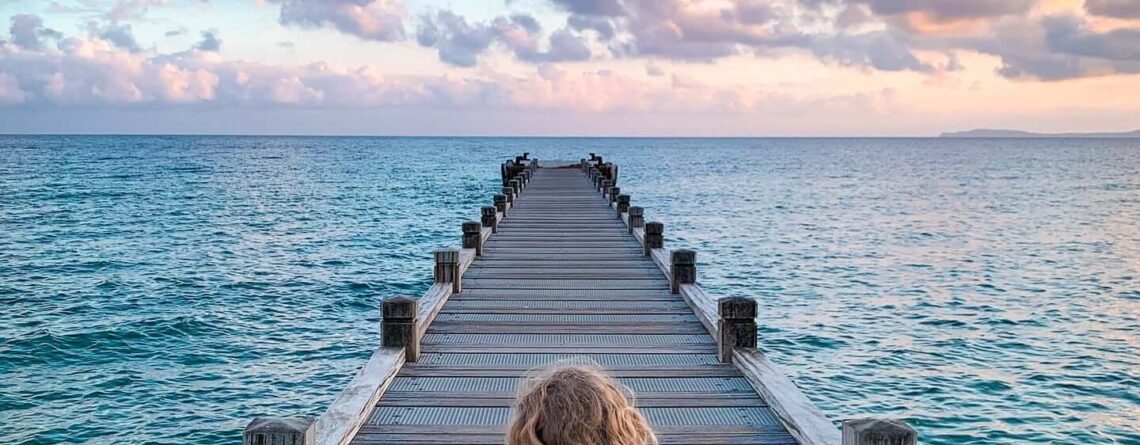

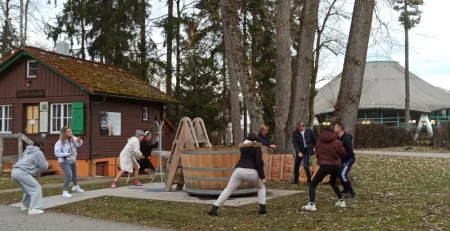
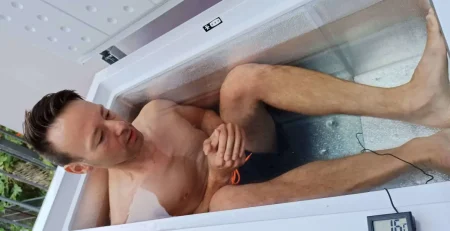



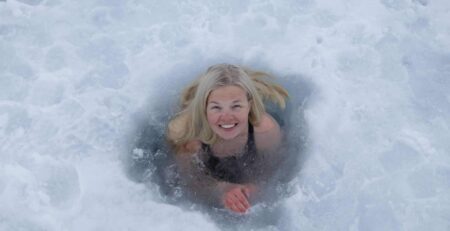
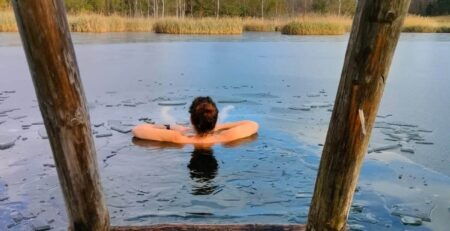
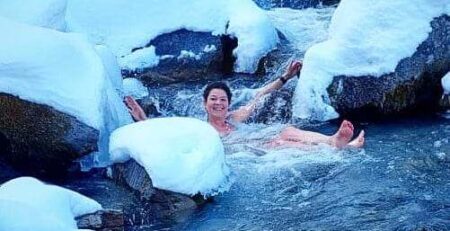

Leave a Reply